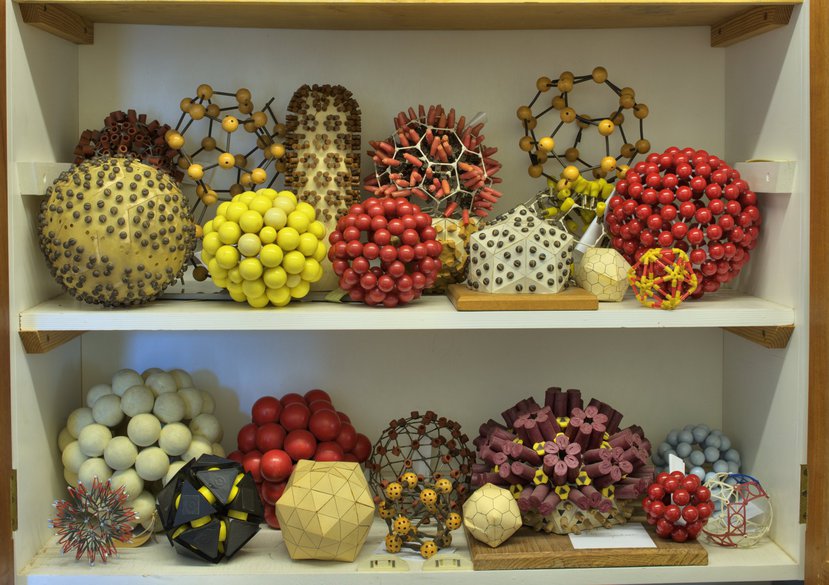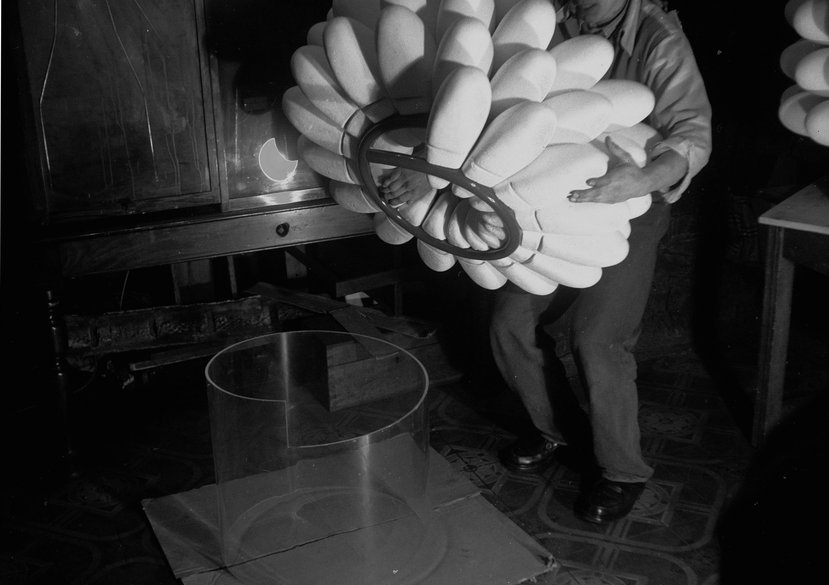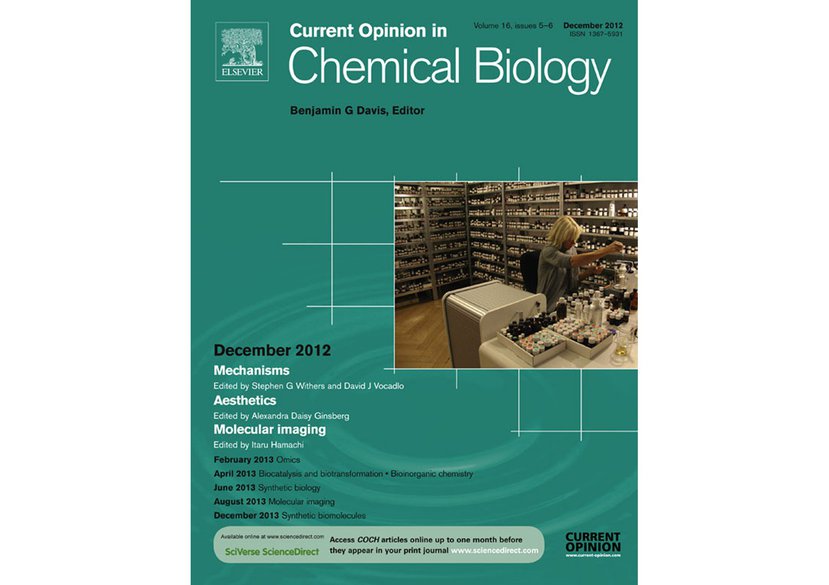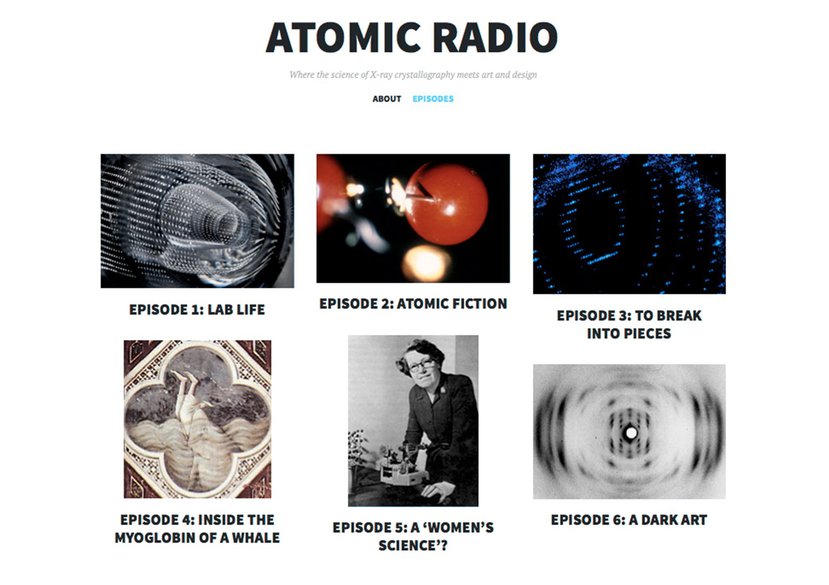
Dr Emily Candela
- Senior Tutor (Research
- Master of Research RCA MRes
- Associate Lecturer
- V&A/RCA History of Design MA
Emily is a design scholar and sound practitioner, exploring relationships between design, science and their histories, and the role of sound in history practice.
Emily leads the MRes specialism in Communication Design and teaches on the RCA/V&A History of Design MA. She produced the Atomic Radio podcast/radio programme (Science Museum/UNESCO/Resonance FM), was awarded the Design History Society’s 2021 Design Writing Prize, and is currently writing a book, Mid-century Molecular: X-ray Crystallography and Design, contracted by Bloomsbury. She is also undertaking an Arts Council funded project, ‘Sonic Minerals’, in partnership with the Lapworth Museum of Geology at the University of Birmingham. Emily completed a PhD in the history of design and history of science through an AHRC Collaborative Doctoral Award between the RCA and the Science Museum.
Key details
Gallery
More information
Research interests
My interdisciplinary research on relationships between design, science and their histories focuses on the science of X-ray crystallography in postwar British design history. This research explores exchanges, links, and disjuncture between design and science, and traverses topics from the 1951 Festival Pattern Group's atomic pattern design, to scientists' craft practices and visualisations of knowledge. It takes on issues such as how complex flows between fields shape designers’ collaborations and cultural exchanges with science; how design mediates public scientific knowledge; and ways that design historians can draw upon an interdisciplinary set of methods for studying topics where design and science meet.
I also research how sound can be used to explore and communicate histories, through archiving, interventions in museums, and the use of sonic methods in design history research. This work includes the Sonic Minerals project with the Lapworth Museum, my pilot sound archive, ‘Sounds of the Collections’, made at the Victoria and Albert museum, and the research-led pedagogical project, ‘The Sounding Object’, undertaken in collaboration with VARI Andrew W. Mellon Visiting Professor Eric De Visscher and RCA Information Experience Design students.
Research funding
Arts Council England: Developing Your Creative Practice Grant, in partnership with The Lapworth Museum, University of Birmingham (2023-24)
Arts and Humanities Research Council Collaborative Doctoral Award (2011-2014): Funding award for doctoral research undertaken across the RCA History of Design department and the Science Museum on relationships between postwar British design and the science of X-ray crystallography.
Design History Society Outreach Event Grant (2017): Funding for curated programme, Operating Manual for Living in the Worst-Case Scenario, held at Cabinet Magazine in New York, and curated in collaboration with Dr Maya Oppenheimer and Francesca Cavallo.
Awards
Design Writing Prize, Design History Society (2021)
Fellowship of The Higher Education Academy (2020)
Finalist, BBC/AHRC New Generation Thinkers (2014)
Current and recent projects
Sonic Minerals (current)
In partnership with The Lapworth Museum, University of Birmingham
Funded by Arts Council England
This project explores how experimental sound practice can be used to research and communicate feminist histories of geology in relation to museum mineral collections.
Minerals are typically displayed in museums as beautiful but ‘silent’ objects. Usually only their name and origin appear as clues to the histories of empire, extraction, and human lives that they are, and have been, intertwined with. Emily is working with the Lapworth Museum geology collections to set ‘silent’ minerals in motion, tying them both to global flows and the local West Midlands region in England where the museum is located, giving sound/voice to feminist perspectives and methodologies in the history of geology.
Mid-Century Molecular: The Material Culture of X-ray Crystallographic Visualisation across Postwar British Science and Industrial Design’
RCA History of Design and the Science Museum, AHRC Collaborative Doctoral Award
This interdisciplinary doctoral research investigated the use and significance of X-ray crystallographic visualisations of molecular structures in postwar British material culture across scientific practice and industrial design. It is an exploration of cross-field exchange between X-ray crystallography and design in the period, the ways in which this exchange has been remembered in contemporary popular culture and history-writing, and of how researchers might study the histories of interdisciplinary networks and communication.
Operating Manual for Living in the Worst-Case Scenario
This research and curating practice conducted in collaboration with Francesca Cavallo and Dr Maya Oppenheimer develops critical approaches to disaster preparedness through the lens of art and design, most recently through a panel at the 2017 College Art Association Conference, and curated event at Cabinet Magazine in New York, supported by the Design History Society and Cabinet.
Atomic Radio
Funded by the Science Museum Art Programme and the RCA, in partnership with UNESCO’s International Year of Crystallography and Resonance 104.4 FM
This six-part radio and podcast series, broadcast in Spring 2014, was based on Dr Emily Candela’s AHRC-funded PhD research on interactions between science and design, and constituted experimental research into ways to communicate and conduct research into practices and histories of science and design using audio, drawing on journalistic and narrative approaches. It was broadcast on London’s Resonance 104.4 FM and exhibited in the Science Museum Media Space. The programme was co-produced with Chris Dixon with sound design by Emmett Glynn and Sam Conran (www.atomicradio.org).
Publications, exhibitions, other outcomes
Candela, E. and de Visscher, E. (2023) Learning from “The Sounding Object”: Sound Design in the Critical Reimagining of Museum Object Narratives. DesignIssues 39 (2), pp. 57-71
Candela, E. (2023). The Scientist’s Social Network: On the Cross-Disciplinary Reimagining of
Crystallographic Diagrams for the 1951 Festival Pattern Group. In: L. Atzmon, ed., Design and Science: Catalyzing Collaborations. London: Bloomsbury, pp. 301-320.
Candela, E. (2021). Designing the Virus. Historical Studies in the Natural Sciences, 51 (1), pp.14-145. *Awarded the 2021 Design Writing Prize by the Design History Society
Candela, E. (2019). Making “Atomic” History: Collapsing Past and Present in the “Unofficial” Digital Archive’. In: Z. Hendon and A. Massey, eds, Design, History and Time: New Temporalities in a Digital Age. London: Bloomsbury, pp. 91-102.
Candela, E., Cubitt, S., Dicker, B., Drew, B. and Leslie, E. (2018). Liquid Crystals: A Roundtable. Journal of Visual Culture 17 (1), pp. 22–67.



